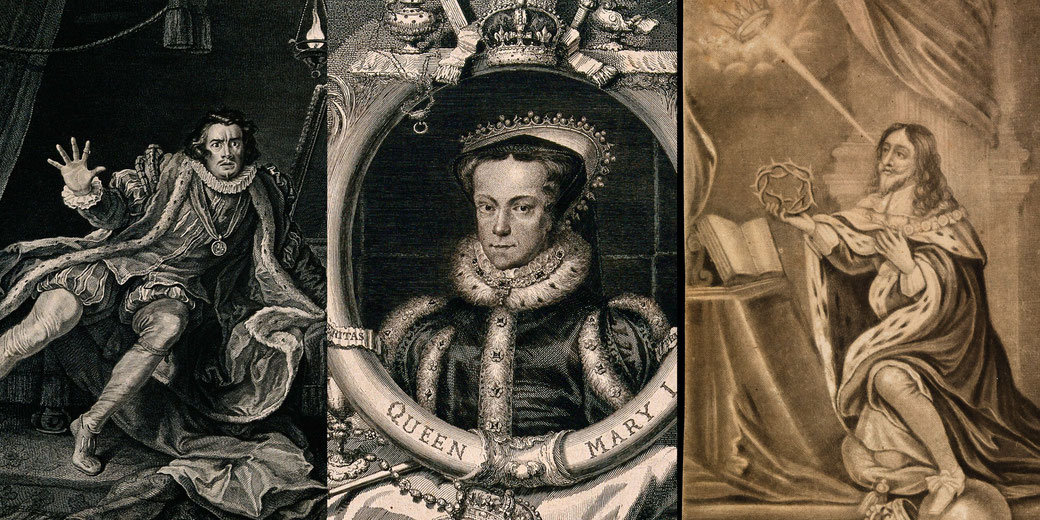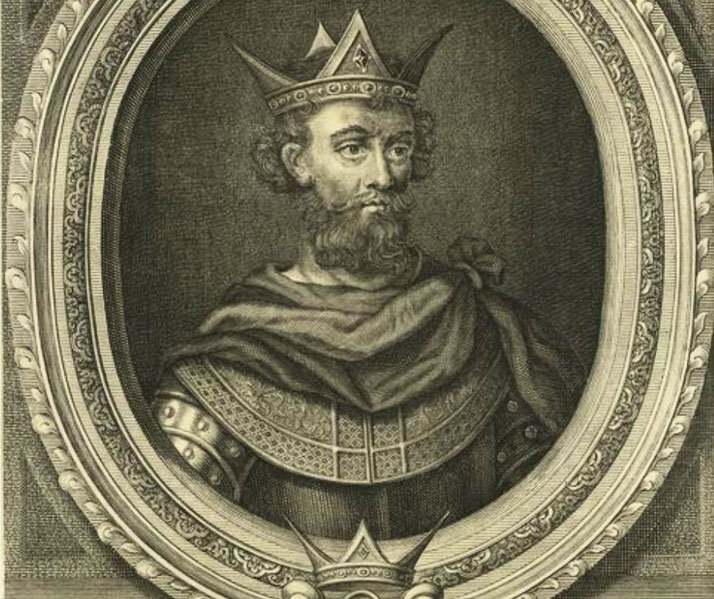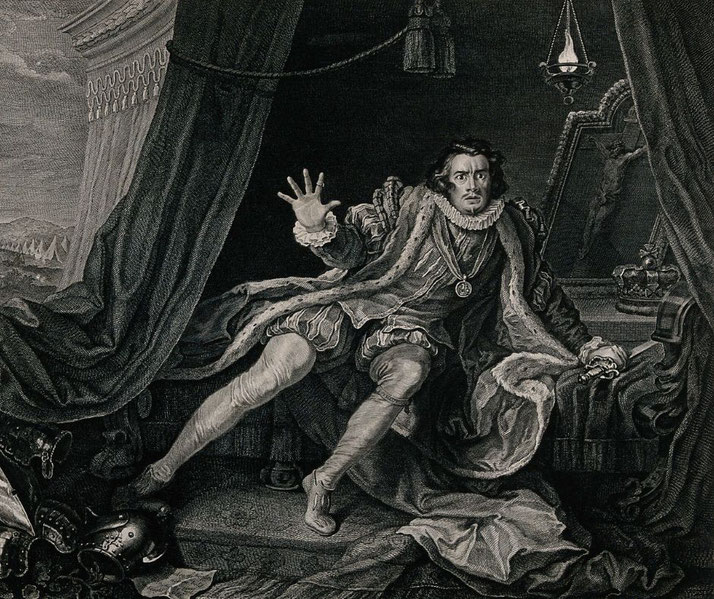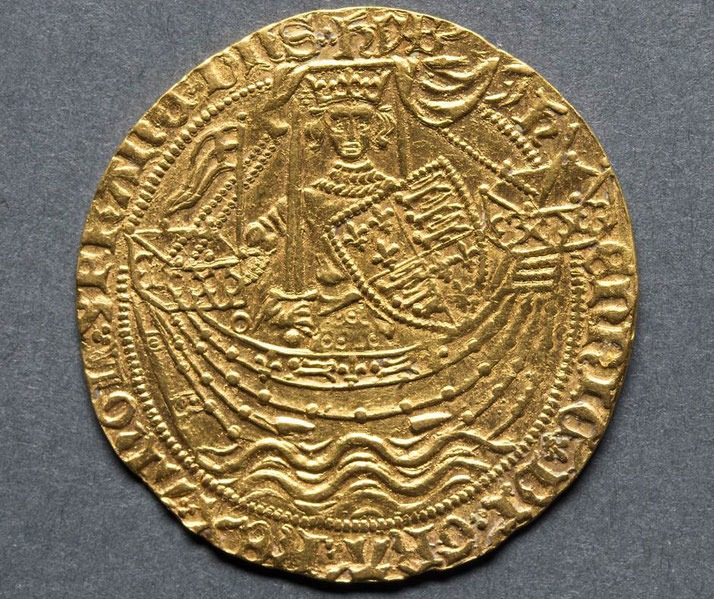The 7 worst kings and queens of England

We all love the lives of rulers filled with tales of glory, conquest, and innovation. However, even more fascinated are those whose reigns were marked by treachery, incompetence, and outright cruelty.
From the despotic King John, whose tyranny led to the sealing of the Magna Carta, to the tragic Richard III, accused of unspeakable crimes against his own blood, these worst monarchs who have sat on the throne of England.
1. King John (1199-1216)
King John, ascending to the throne in 1199, has been etched into history as one of England’s most notorious monarchs, a symbol of tyranny and treachery.
His reign was marred by a series of failures, high taxation, and conflicts, both within and beyond the borders of his realm.
The loss of significant territories in France, including Normandy and Anjou, was a considerable blow to English prestige and power, leading to increased discontent among the nobility and common folk alike.
John’s attempts to reclaim these lands only resulted in further losses and financial strain on the kingdom.
The king’s relationship with his subjects was fraught with tension. His imposition of heavy taxes to fund military campaigns, coupled with his arbitrary and often cruel administration of justice, fostered an atmosphere of mistrust and resentment.
The discontent reached its zenith in 1215 when a group of rebellious barons, fed up with John’s misrule, rose against him, leading to the sealing of the Magna Carta.
This historic document, while not initially successful in bringing peace, laid the foundation for constitutional governance by limiting royal powers and establishing the principle that the king was subject to the law.
John’s reign was not only characterized by political and military failures but also by personal vices.
Contemporary accounts depict him as distrustful, cruel, and at times petty. His treatment of women, prisoners, and those he perceived as enemies was often ruthless.
These traits, combined with his inability to maintain alliances and manage the kingdom’s resources effectively, further tarnished his reputation.

2. Richard III (1483-1485)
Richard III, whose reign lasted a mere two years from 1483 to 1485, remains one of the most controversial and enigmatic kings in English history.
His ascension to the throne was marked by intrigue and accusations of treachery, as he was implicated in the disappearance and presumed murder of his nephews, the young Edward V and Richard of Shrewsbury, known as the "Princes in the Tower."
This dark episode cast a long shadow over Richard’s rule, contributing to his vilification in historical accounts and literature, most notably in Shakespeare’s eponymous play.
Richard’s time on the throne was fraught with challenges and rebellion. The political landscape of England was still scarred by the Wars of the Roses, a protracted and bloody conflict between the houses of Lancaster and York for control of the English crown.
Richard, a Yorkist, faced opposition from Lancastrian supporters and other factions discontented with his rule.
The tensions culminated in the Battle of Bosworth Field in 1485, where Richard met his end, defeated by the forces of Henry Tudor, who subsequently became Henry VII, marking the dawn of the Tudor dynasty.
Despite the turmoil and controversy that characterized his reign, Richard III was not without supporters, both contemporary and posthumous.
The king implemented several progressive legal reforms, including the introduction of the system of bail and the translation of laws into English, making them more accessible to the common people.
He also demonstrated administrative competence and a commitment to justice, earning him the loyalty of many subjects, particularly in the North of England.

3. Henry VI (1422-1461, 1470-1471)
Henry VI, ascending to the English throne in 1422, remains a divisive figure in English history, his reign marked by mental instability, military defeat, and the internal strife that would escalate into the Wars of the Roses.
Taking the throne as an infant following the death of his father, Henry V, he was initially guided by regents, but his later rule would be characterized by a notable lack of strong leadership and direction.
The loss of the Hundred Years' War with France, including the relinquishment of English territories, was a significant blow to national pride and diminished the prestige of the crown.
Henry's reign was further marred by his bouts of mental illness, which rendered him incapable of ruling effectively and led to a power vacuum at the heart of government.
This vacuum, coupled with the financial difficulties and widespread discontent following the war with France, created fertile ground for factionalism and infighting among the nobility.
The resulting tensions erupted into open conflict, with the houses of Lancaster and York vying for control of the throne, plunging England into a protracted and bloody civil war known as the Wars of the Roses.
The king's intermittent periods of incapacity and the shifting allegiances of the time saw Henry VI deposed and then briefly restored to the throne in 1470-1471, only to be deposed again and ultimately imprisoned.
His tragic end in the Tower of London in 1471, likely murdered, marked the end of the Lancastrian line of kings and paved the way for the rise of the Yorkist king Edward IV.

4. Edward II (1307-1327)
Edward II, who ruled England from 1307 to 1327, is often remembered as a king whose reign was marred by favoritism, military defeat, and eventual deposition.
From the outset, Edward’s reliance on unpopular favorites, particularly Piers Gaveston and later Hugh Despenser the Younger, alienated the nobility and created deep divisions within the kingdom.
The king’s favoritism and the perceived mismanagement of power led to periods of rebellion and civil strife, undermining the stability and authority of the crown.
One of the most significant military failures of Edward’s reign was the Battle of Bannockburn in 1314, where the English forces suffered a devastating defeat at the hands of the Scots under Robert the Bruce.
This loss had far-reaching consequences, not only emboldening Scottish resistance but also diminishing Edward’s standing among his subjects.
The ongoing conflict with Scotland and the king’s inability to secure a decisive victory further eroded confidence in his leadership.
The discontent with Edward II’s rule reached a climax in 1326 when his wife, Queen Isabella, and her lover, Roger Mortimer, led a successful invasion against him.
Edward was subsequently deposed and imprisoned, and his son was crowned King Edward III in January 1327.
The circumstances surrounding Edward II’s death later that year remain shrouded in mystery and speculation, with some contemporary accounts suggesting that he was murdered on the orders of the new regime.
5. Mary I (1553-1558)
Mary I, who ruled England from 1553 to 1558, is a figure whose reign is often overshadowed by the tumultuous religious conflicts of the time and her efforts to reverse the Protestant Reformation initiated by her father, Henry VIII.
Ascending to the throne following the death of her Protestant half-brother, Edward VI, Mary was determined to restore Catholicism as the state religion of England, a decision that put her at odds with a significant portion of her subjects and earned her the moniker "Bloody Mary."
Her zealous pursuit of religious conformity led to the persecution and execution of numerous Protestants, leaving a lasting and dark legacy that has shaped historical perceptions of her reign.
Mary's reign was also marked by political challenges and military setbacks. Her decision to marry Philip II of Spain was deeply unpopular among her subjects, who feared the influence of a foreign power and the potential subjugation of England to Habsburg rule.
The marriage strained Mary's relationship with her subjects and fueled anti-Spanish sentiment.
Additionally, the loss of Calais, the last English possession on the mainland of France, in 1558 was a significant blow to English prestige and a personal failure for Mary, who reportedly declared that upon her death, the word "Calais" would be found engraved on her heart.
Despite the challenges and controversies of her reign, Mary I was not without accomplishments.
She was a learned and cultured monarch who navigated the complexities of ruling as the first crowned queen regnant of England.
Her reign saw the establishment of the Marian Exchequer, which improved crown finances, and she made strides in the areas of education and naval administration.
However, the religious persecutions and the loss of Calais have often overshadowed these achievements in historical narratives.

6. James II (1685-1688)
James II, ascending to the throne of England in 1685, remains a contentious figure, his brief reign characterized by religious conflict, political tension, and eventual abdication.
A devout Catholic in a predominantly Protestant nation, James faced immediate opposition from subjects wary of a return to Catholic rule.
His attempts to promote religious tolerance and grant Catholics and other religious minorities the right to hold public office were met with suspicion and resistance, exacerbating the divide between the crown and the predominantly Protestant political establishment.
The tension reached a boiling point in 1688, a year that would go down in history as the Glorious Revolution.
Fears of a Catholic succession were heightened with the birth of James’s son, James Francis Edward Stuart, who would potentially establish a Catholic dynasty.
This led to a coalition of political and religious leaders inviting William of Orange, a Protestant and James’s son-in-law, to invade England.
Faced with overwhelming opposition and defections from his own army and navy, James II fled to France, effectively abdicating the throne.
William and his wife Mary, James’s Protestant daughter, were declared joint sovereigns, marking a pivotal moment in the constitutional development of Britain.
James’s time in exile was marked by efforts to regain the throne, but he was ultimately unsuccessful.
The legacy of his reign is multifaceted, reflecting the complexities of religious identity, political power, and constitutional change.
James II’s abdication led to the establishment of constitutional limitations on the monarchy, with the Bill of Rights in 1689 laying the foundation for parliamentary democracy and the constitutional monarchy that characterizes Britain today.
7. Charles I (1625-1649)
Charles I, who reigned over England from 1625 to 1649, is a monarch whose tenure was marked by profound conflict, constitutional crisis, and ultimately, a tragic end.
His belief in the divine right of kings, which posited that monarchs were accountable only to God, set him on a collision course with Parliament, leading to a power struggle that would define his reign.
Charles’s attempts to govern without Parliament, his imposition of taxes without parliamentary consent, and his perceived autocratic rule fueled discontent among his subjects and heightened tensions with political and religious leaders.
The strained relationship between Charles I and Parliament escalated into open conflict in 1642, culminating in the English Civil War.
The country was plunged into a protracted and bloody conflict, pitting Royalist supporters of the king against Parliamentarian forces seeking to curb his powers.
The war was not only a struggle for political supremacy but also a reflection of deeper societal and religious divisions within England.
The conflict saw the rise of Oliver Cromwell, a military and political leader whose New Model Army would play a crucial role in shaping the outcome of the war.
Charles’s fortunes waned as the war progressed, and he was eventually captured, tried, and sentenced to death by a rump Parliament, predominantly consisting of his political adversaries.
His execution in 1649 was a momentous and unprecedented event, marking the first time a reigning English monarch had been tried and executed by his own subjects.
The aftermath of Charles’s death saw the abolition of the monarchy and the establishment of the Commonwealth of England, a republic led by Oliver Cromwell.

What do you need help with?
Download ready-to-use digital learning resources
Copyright © History Skills 2014-2025.
Contact via email
With the exception of links to external sites, some historical sources and extracts from specific publications, all content on this website is copyrighted by History Skills. This content may not be copied, republished or redistributed without written permission from the website creator. Please use the Contact page to obtain relevant permission.





